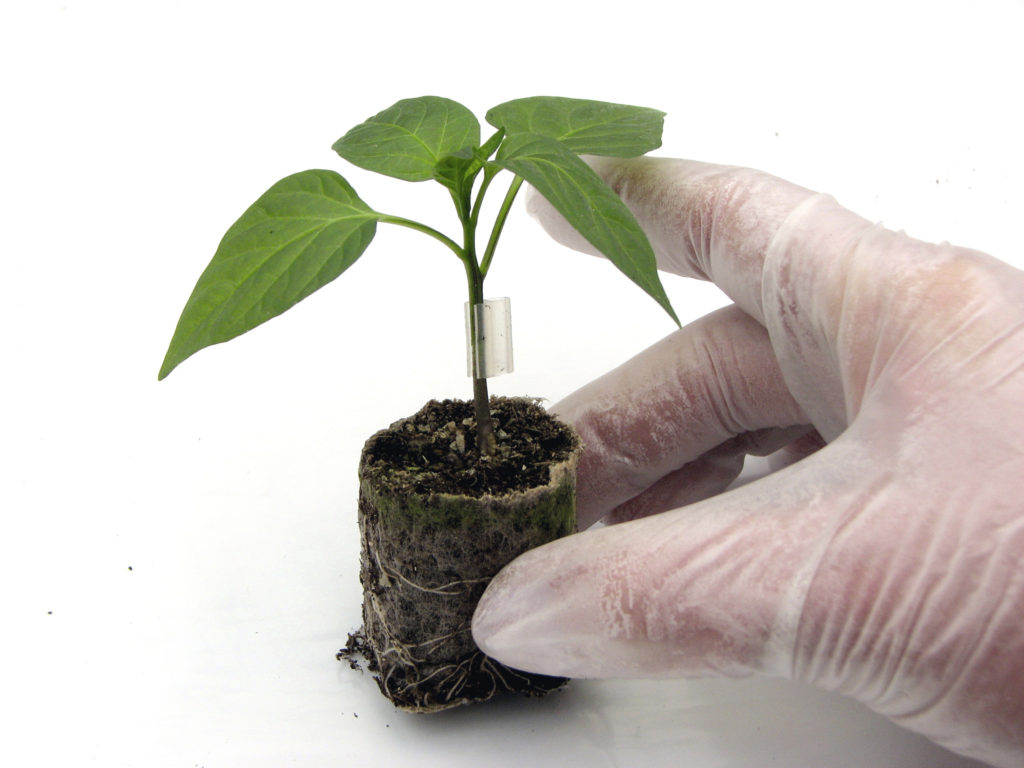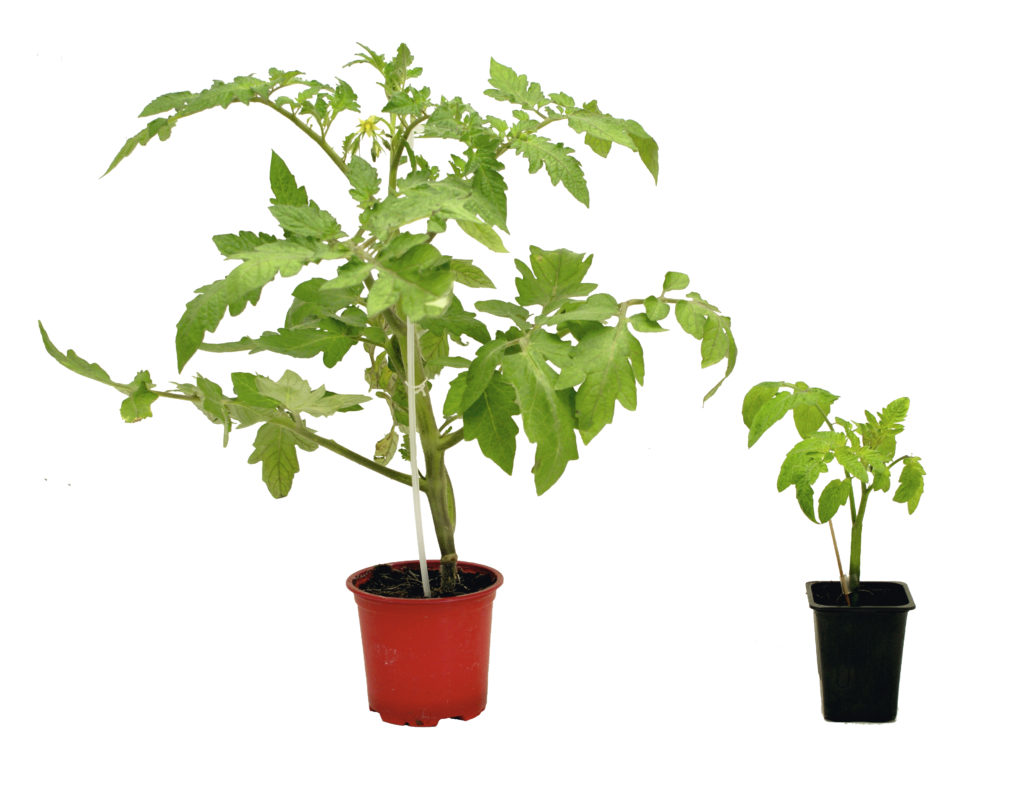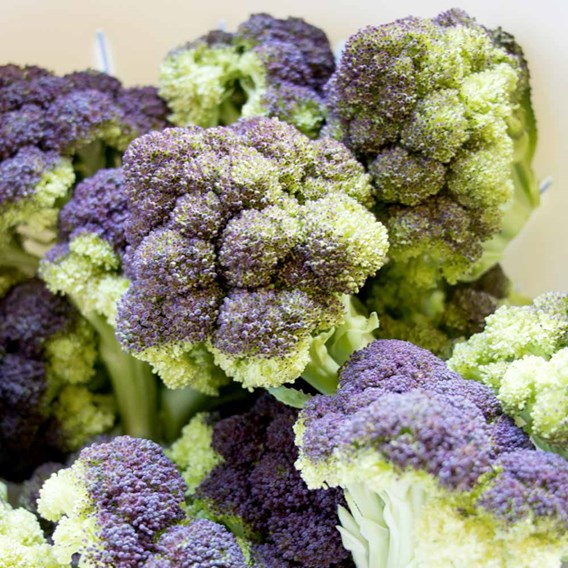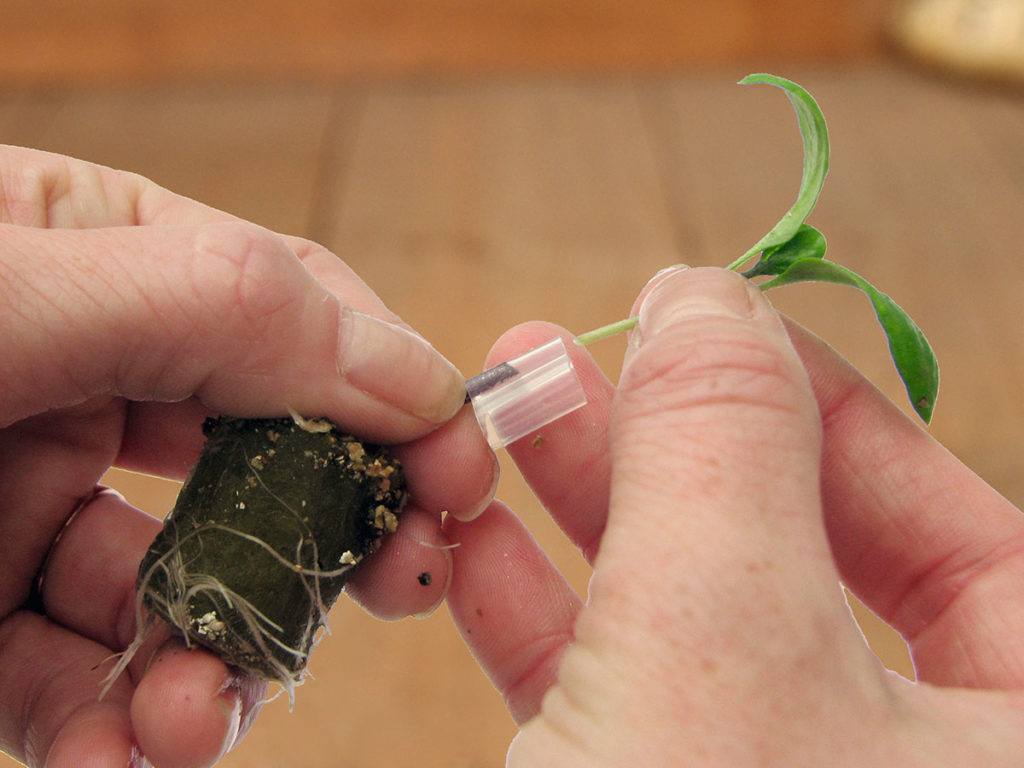We all know that growing your own vegetables in your own veg patch or allotment is a rewarding achievement, and you can’t beat the taste of homegrown vegetables straight from plot to plate. Growing your own grafted veg brings a great deal of nutritional benefits, but also environmental and economic advantages over buying from a store.
However, when it comes to growing vegetables, sometimes people are unsure of the difference between grafted and non-grafted veg plants. This will point you in the right direction.
At Dobies, we provide a range of delicious Grafted Vegetable Plants for you to choose from. This enables you to grow your own bumper crops from your veg patch or allotment, and provide a delicious nutritious meal from a variety of homegrown ingredients.
Why Our Grafted Veg Plants Are the Secret to Great Fruit!
Our selection of grafted vegetable plants offers you plenty of hearty vegetables to grow on the plot. These will be versatile in the kitchen, full of taste, and provide great fruit. These veggies are easy to grow and maintain, which makes homegrown produce a pretty successful process. Plus, your plants will be delivered straight to your door at the perfect time for planting. Before you know it, your veg patch or allotment will be full of new and exciting vegetables growing healthy and strong.




We pride ourselves on our meticulous grafting process with a dedicated team of experts. Each product in the range is grafted by hand to ensure you receive plants that can provide up to 75% more fruit, earlier and over a long period of time. For this reason, our exceptional grafted vegetable plants are the most vigorous and premium plants which continue to be the market leaders. What’s stopping you from giving grafted vegetables a go and have bumper crops this coming year. You can also be confident that all Dobies grafted veg plants undergo rigorous inspections by our vegetable experts to ensure you only receive the highest quality.
But before we discuss the benefits of our grafted veg plants further, let’s talk about the difference between non-grafted and grafted veg plants and work out what’s right for you.
What Are Non-Grafted Veg Plants?
Non-grafted veg plants are standard vegetable plants, which can result in a selection of homegrown vegetables. Your allotment can grow all different kinds of vegetables and give you plenty of variety in your latest homecooked meals. Therefore, with hundreds of varieties to choose from, our New Vegetable Plants is a great place to start and provides something new you can grow today.




What Are Grafted Veg Plants?
Grafted veg plants involve a joining growing method. Our grafting process is a rapid tool that involves taking two plants that are grown simultaneously: a tasty fruiting variety and a super-strong rootstock. The top of a fruiting plant and a strong hardy rootstock are carefully removed by hand using a small blade to slice at an angle across each stem. Then the rootstock bottom and the top of the fruiting plant are then grafted together using a special clip that drops off naturally as the plant grows. Here at Suttons, we provide our Grafted Vegetable Plant Range, which includes tomatoes, peppers, aubergines and melons.
This process tailors plants to adapt better to growing conditions! This means that the new super-strong roots can grow deeper into the soil. They will also absorb all the delicious nutrients to provide you with full-flavoured tasty crops. You can enjoy up to 75% more crops with Dobies grafted veg plants, unlike a standard non-grafted plant. This will also produce its fruit much earlier, and for much longer giving you a greater yield!
The Benefits of Dobies Grafting process
- At least 1 extra fruiting truss per plant
- Up to 75% more fruit
- Earlier fruiting
- Longer fruiting period
- Greater yields
- Strong resistance to soil-borne diseases and pests
- Better for outdoor growing


With this in my mind, why not head over to our Grafted Vegetable Plant Range online. Or, order one of our Dobies 2021 Catalogues to choose your selection of homegrown vegetables.

